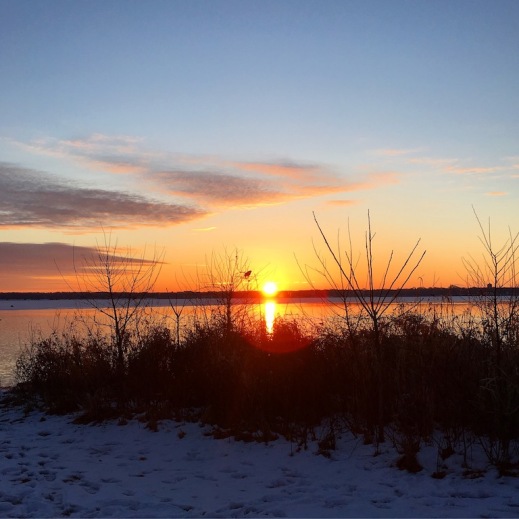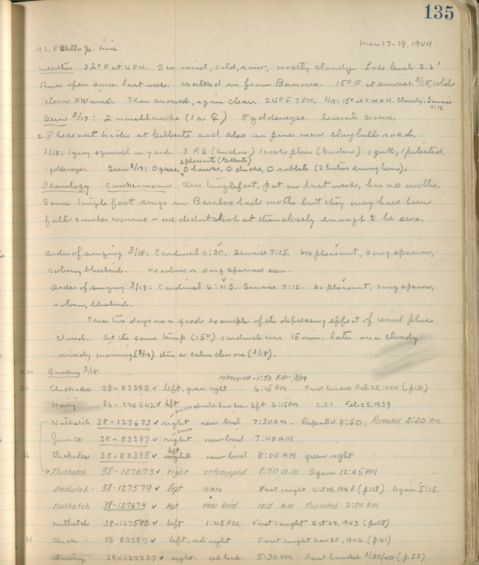Wisconsin’s Phenological Legacy

With the help of volunteer trail camera hosts, Snapshot Wisconsin is lucky to monitor over 2,000 cameras throughout the state. This people-powered data collection allows researchers to gain valuable insight into wildlife activity throughout the year. Along with the time-lapse photos that all Snapshot Wisconsin cameras are programmed to capture once per day, 365 days per year, the cameras also capture seasonal wildlife trends like increased animal activity, color-changing coats and the return or departure of migratory birds.
While Snapshot does not currently keep track of the firsts and lasts for all our cameras, each individual camera host can! This is a type of phenological record keeping. The USA National Phenology Network tracks the phenological events of “nature’s calendar,” keeping a record of the “firsts” and “lasts” that occur throughout a year and allowing scientists to establish a sense of how species respond to natural cues such as temperature and day length. Phenology is extremely accessible and both professional and citizen scientists can participate in creating phenological data sets.
Wisconsin has a rich phenological record keeping history, one of the most well-known contributors being the Leopold family.
Aldo Leopold was the first chair of the Department of Forest and Wildlife Ecology at the University of Wisconsin-Madison. His work and writings have inspired countless environmentalists, conservationists, and nature-goers. Leopold’s phenology is famous; he took extensive notes and kept meticulous records. Leopold lived in Madison during the work week, but on the weekends he would go out to a shack on land that he and his family owned in Baraboo on the Wisconsin River. There he would rise early in the morning to observe and document the birds and plants that emerged that day. Almost 80 years later, ecologists recreated a soundscape of Leopold’s shack using the data that he took from this one particular spot.

A page in one of Aldo Leopold’s field notebooks from the 1940s – University of Wisconsin Archives
The audio was created using the ecological and species identification expertise of Professor Stan Temple of UW-Madison, as well as the audio knowledge of Chrys Bocast, a graduate student and acoustic ecologist at the Nelson Institute for Environmental Studies. The soundtrack transports the listener to a spring morning along the sandy shores of the Wisconsin River in the 1940s. This was the first time that today’s ecologists could experience what Leopold had decades earlier. It was also a way for the scientists to hear the differences in the acoustic landscape, not just see it on paper or graphs. Phenological records — records kept both then and now — allow scientists like Temple and Bocast to bridge the gaps between environmental past, present, and future.
Data that are contributed through Snapshot cameras can inform our knowledge of who, what, where and when our favorite wildlife species are emerging, and what we can expect in the years to come based off of historical data. If you are interested in helping contribute to phenological record keeping, there are an overwhelming number of ways to get involved other than hosting a trail camera or classifying photos on Zooniverse. These resources can be found in the Nature’s Notebook section of the National Phenology Network website.

